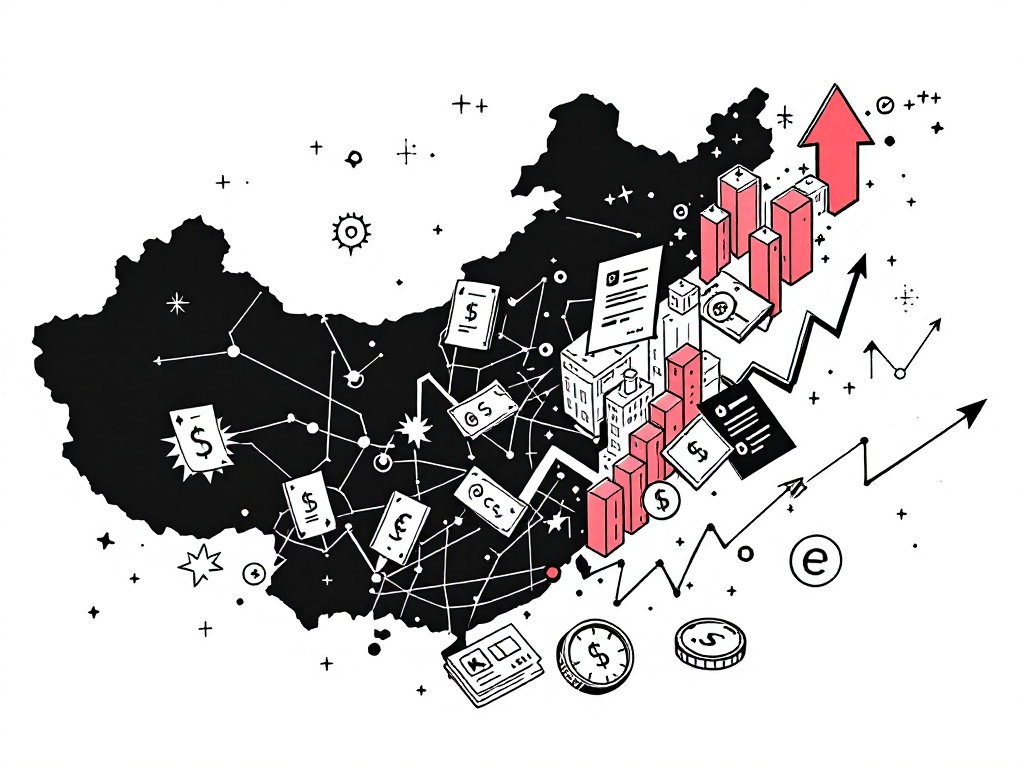Escalating Tariff Rates Spark Debate Over U.S.-China Trade Policy

Washington D.C., Wednesday, 16 April 2025.
Amidst a trade standoff, the White House cited a 245% cumulative tariff as confusion emerges, highlighting the evolving and controversial U.S.-China economic relations.
The Tariff Controversy Unveiled
The White House’s announcement suggesting cumulative tariffs of up to 245% on some Chinese products has sparked confusion and concern within the industry. This figure, clarified by the administration, includes all cumulative tariffs from both the Trump and Biden administrations, alongside new tariffs introduced by President Trump this year [1]. Initial reports mistakenly suggested this was a new peak, whereas it represents the sum total of existing and planned measures over several years [2].
Understanding the Tariff Politics
The announcement comes amidst a continuing trade war with China, characterized by tariffs being used as a strategic tool to pressure Beijing into negotiations. President Donald Trump, having recently returned to office, has implemented a 145% tariff on Chinese goods as part of his aggressive trade policy, which aims to address trade imbalances and encourage domestic manufacturing [3]. These actions follow an existing framework where certain goods, like electric vehicles and syringes, were already subject to high tariffs under the previous administration [4].
China’s Retaliatory Measures
In response to the U.S. tariffs, China has not shied away from imposing its own countermeasures, with import duties on American goods reaching up to 125% [5]. Chinese officials have stated that these moves are necessary to protect national interests and maintain international trade fairness [6]. This tit-for-tat tariff escalation has raised concerns about its impact on global markets and supply chain disruptions, increasing costs for both American businesses and consumers [7].
The International and Economic Implications
The trade tensions have already manifested in significant volatility within global financial markets. Earlier in April, the S&P 500 index experienced a marked drop as traders responded to fears about the intensifying trade conflict. Market analysts warn that the persistence of these tariffs may curb economic growth and lead to increased inflationary pressures in the U.S. economy [8]. Analysts suggest that reaching an amicable resolution is imperative to stabilize both the economic and diplomatic landscape between these two major world powers [9].
Sources
- www.usatoday.com
- www.whitehouse.gov
- www.pbs.org
- www.nytimes.com
- www.aa.com.tr
- www.newsweek.com
- www.china-briefing.com
- www.nytimes.com
- uk.finance.yahoo.com